In 2018 my decision to move back to North Carolina was largely influenced by the garden. To go from my tomato plant on the stoop, to a field of okra standing proudly at eight feet tall was a big change. This change was something I felt deeply, and it transformed my relationship with food. Don’t get me wrong, I was already a food person! I frequented James Beard suppers, worked the line as a sous in a gastro-pub in the Meatpacking district, was flewed out to CIA (Culinary Institute of America) conferences, and worked with all types of star Chefs: the TV and Michelin type. My work was an extension of my heart. I helped tell stories about people’s heritage through their menus, and community work. This looked like helping Michelle Jean of Zesa Raw, a Haitian coffee and sugar company and Chef Dominique Crenn raise awareness and funds to replant thousands of coffee trees in Haiti after Hurricane Matthew destroyed farms and uprooted generations of crop growth. Participating in food and Ag. research on ancient West African grains to help Chef JJ Johnson develop his fast casual grain concept. Grounding what were just ideas at the time in our cultural inheritance as children of the Afro-diaspora. That concept grew into 2 locations, one in Harlem and the other in Rockefeller Center.
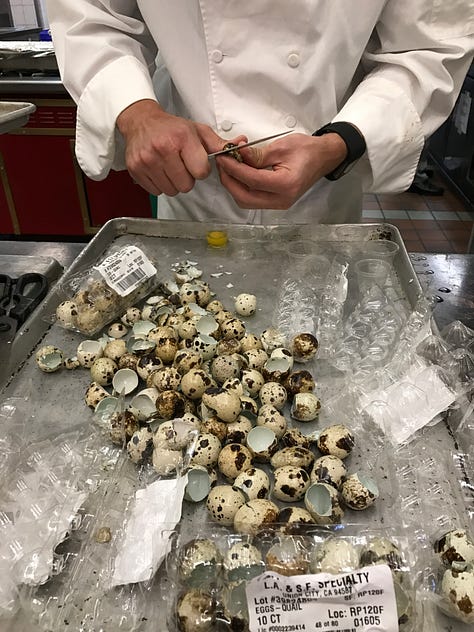
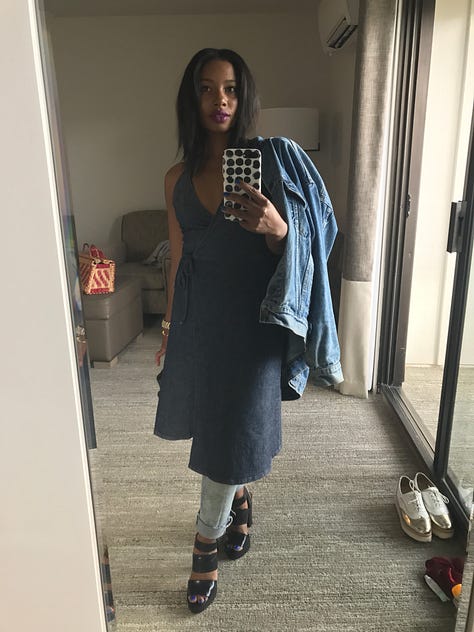
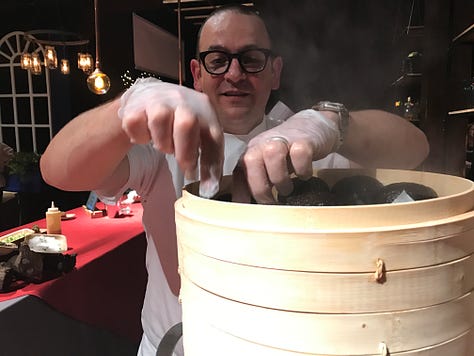
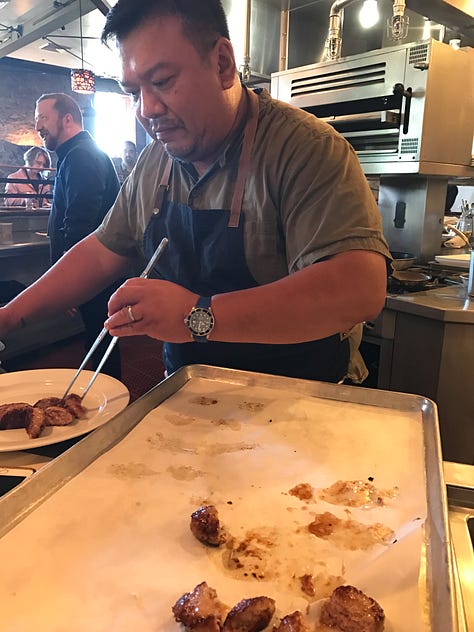
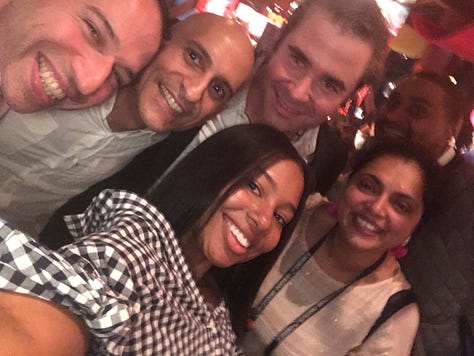
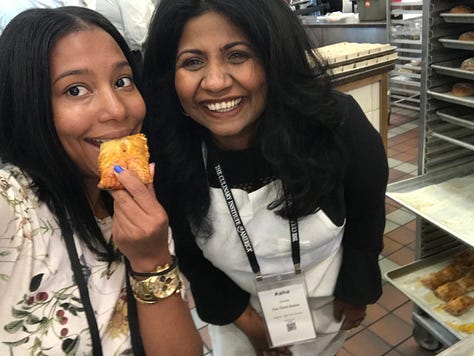
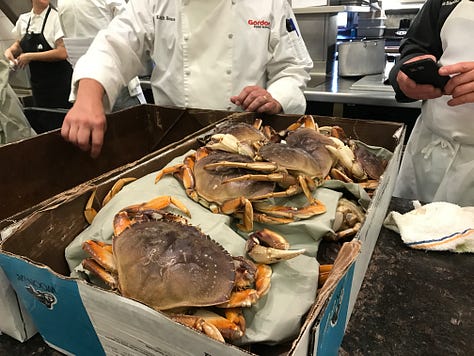
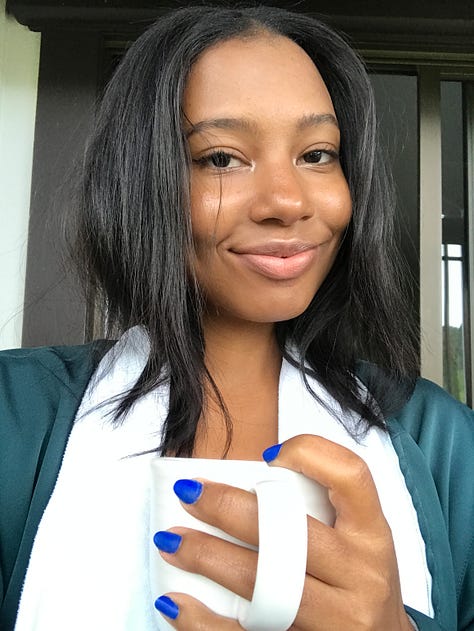
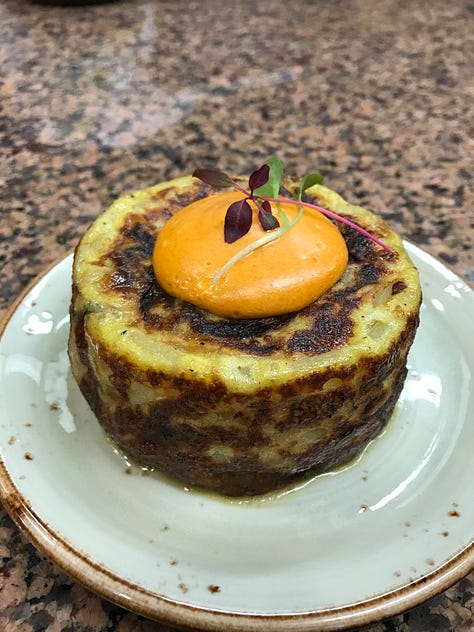
These are just a couple examples of where my food curiosity had taken me. I call it curiosity, because it’s kind of always been this insatiable desire to learn more, and nothing could ever fill this ever growing hole. I could pour in hours of conversation with elders, farmers, chefs, experts, and still have room to stay up consuming literature on subjects like sun cycles and wine terroir. The origin stories especially spoke to me, and during a normal visit home to North Carolina, a casual conversation with my grandfather about collard seeds he hung up under our shed started transforming my understanding of this hunger.
Snippet from my short film, The Seeds We Keep.
This one question, had the power to open a line of questioning I never knew I could access. It made room for names to be spoken for the first time in my presence. It connected dots and gave much needed context that was pivotal to the continued development of my identity as a Black woman of the South. I left North Carolina with a plastic bag full of collard seed pods, with the intention to set the table with them and have a conversation with anyone sitting at my table about their origin story. And though that didn’t work out because this fragile system of stems and seeds fell all the way apart, I still shared the information and it’s verbal accompaniments with anyone that would listen.
A year after this discovery and many more like it, I started a food and culture blog called Revival Taste Collective. It was an online journal where I could share what I was learning and some of the dots I was connecting beyond the South eastern part of the United States. I started of course with ancestry.com, creating a family tree and gathering stories from people like my twice-great Uncle Lin and his wife my aunt Laura. I started documenting things like Sunday supper with uncle Andrew; where I developed a greater understanding around my own relationship to “working hard” through the lens of a Sharecropper turned dairy farmer, turned well digger and Veteran drafted into the Vietnam War. I also visited places like Hog Hammock on Sapelo Island, off the coast of Georgia. This is where Gullah food Historian and Griot Cornelia Bailey was from. Her writing and gardening resonated for me, and I could see myself in her stories about community and self sufficiency. I reflected on my time in Haiti, and how I saw cultural through lines like eating clay for nutrients and how their akra fritters and pikliz are our hush puppies and slaw.
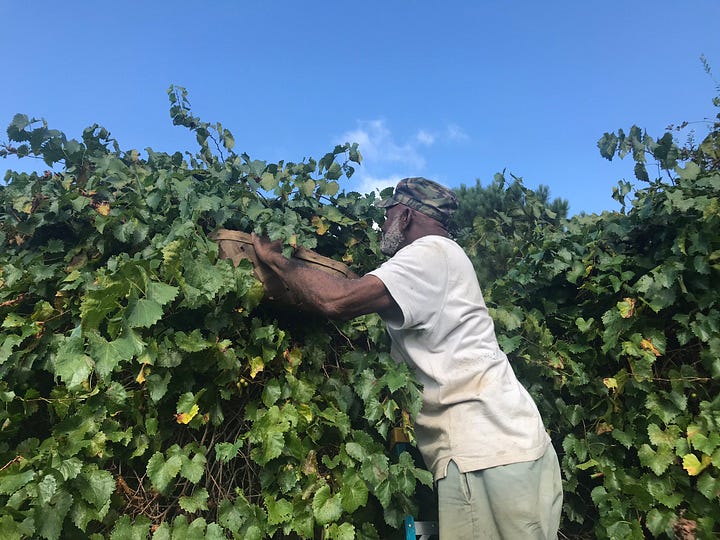
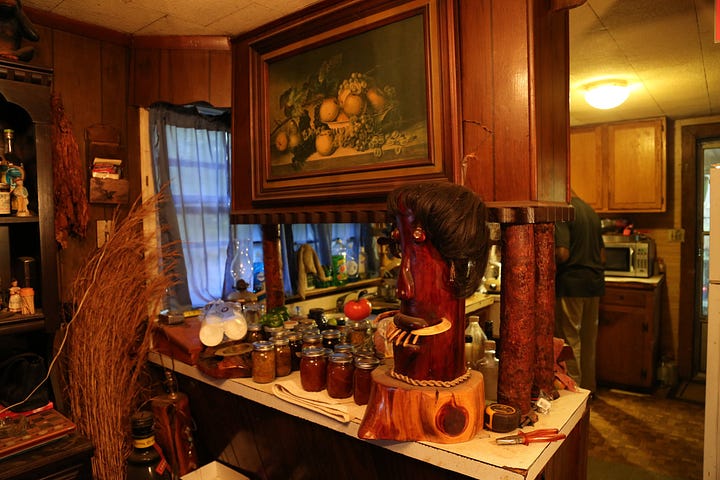
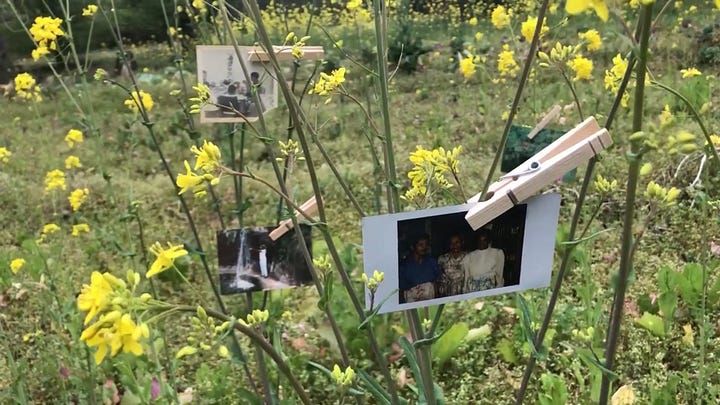
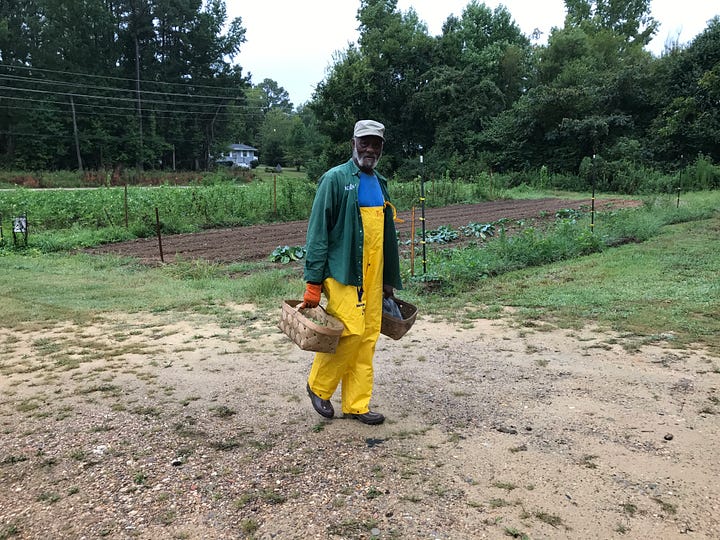
As this understanding of how our food and land traditions connected us to this missing history, my desire to get back in the garden grew. Which brings me back to the very first line of my story.
The garden brought me home. With that said, this is not the origin story of this plantain burger. In all truth, this burger was born from the need to use these two plantains that had blackened like the nights sky on my counter. It was a matter of use em, or throw em out…my choice to use them was also inspired by my late afternoon- early evening hunger. I just so happened to have radicchio and red onion in the fridge, and I always have farro and lentils in my pantry. This beautiful land-based masterpiece was born out of necessity, and like many meals I will share in this space; it came from using what I have in the pantry, my lived experience, and in my connection to a greater sense of culture. Recipe video below!
Keep reading with a 7-day free trial
Subscribe to Gathered to keep reading this post and get 7 days of free access to the full post archives.



